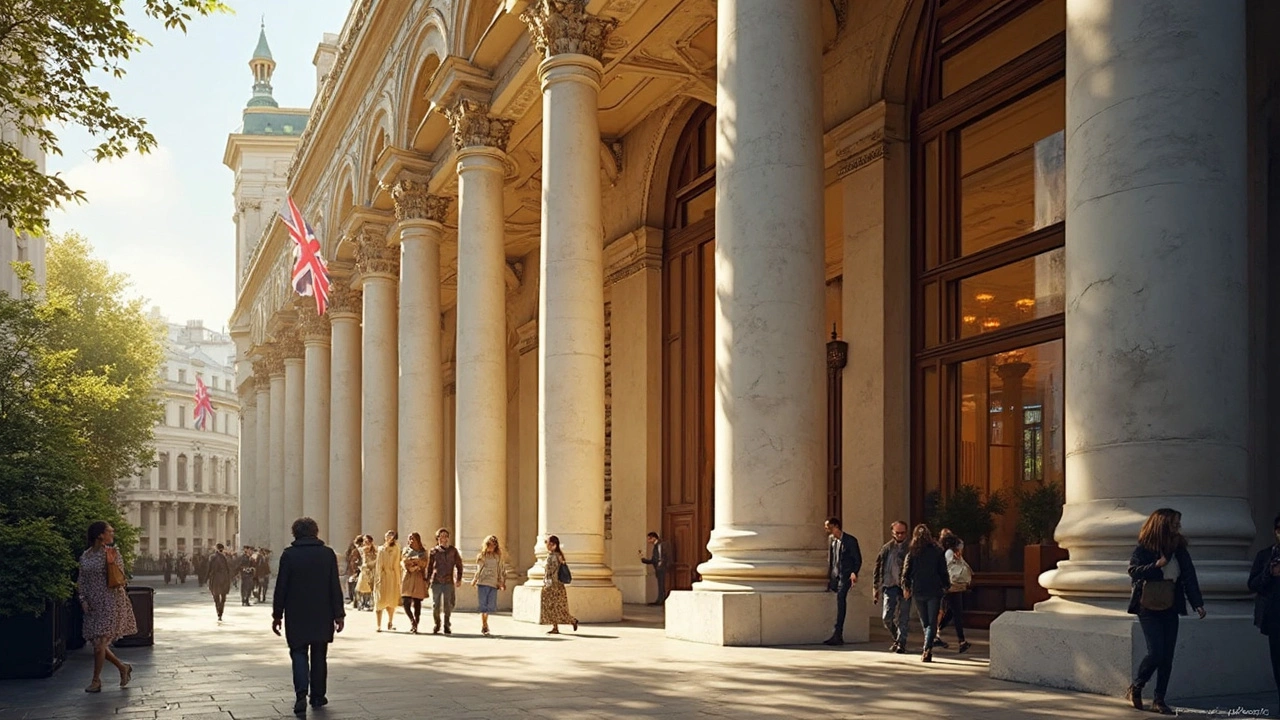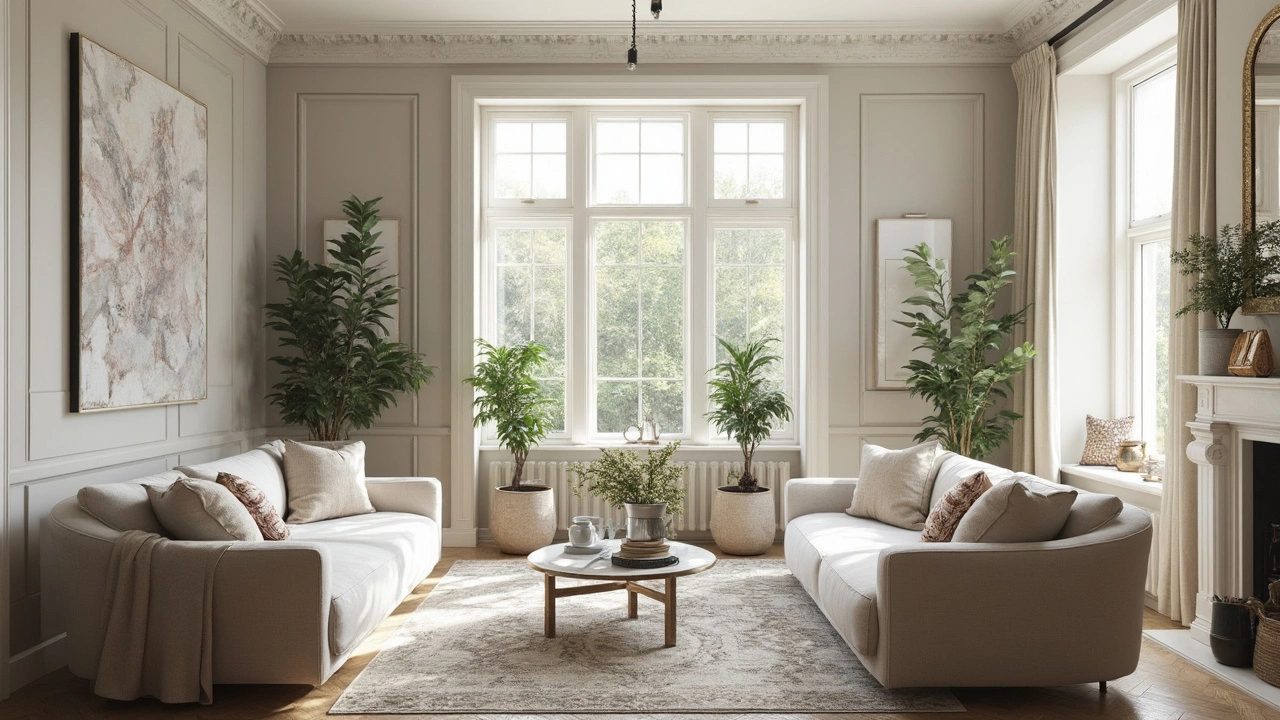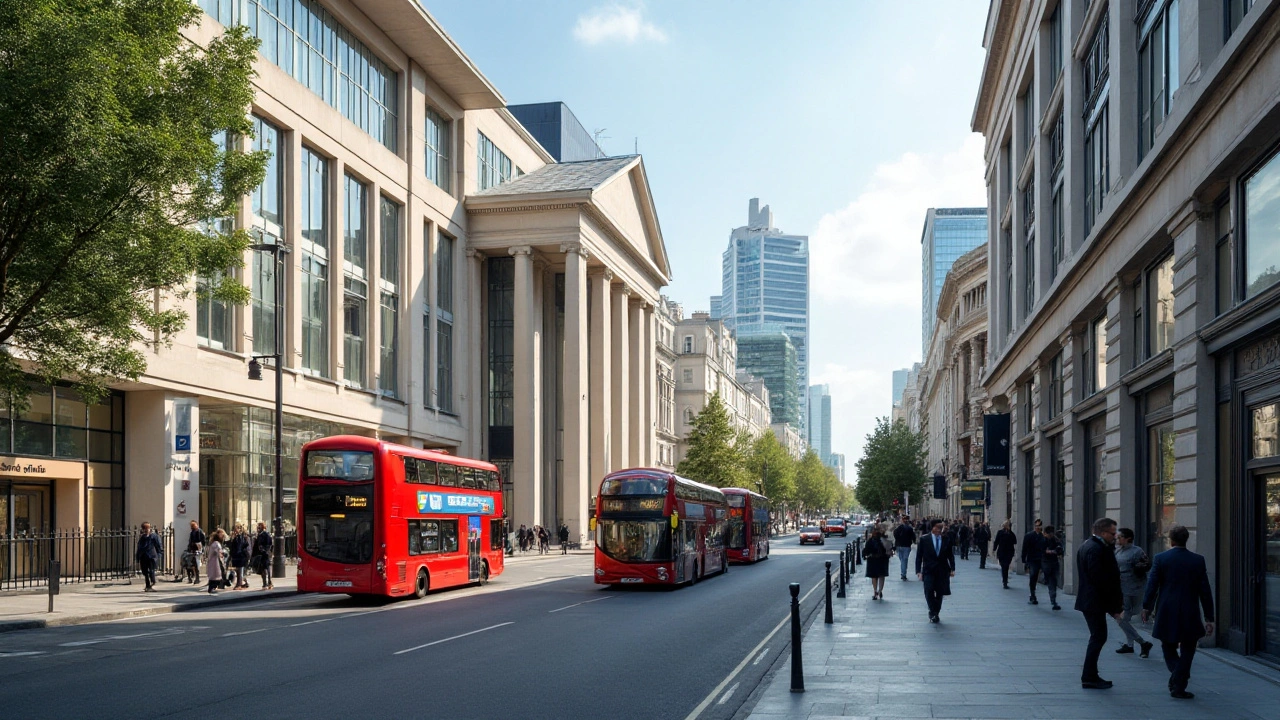Historical Influence: Read the Signs of the Past in Today's Buildings
Old architecture isn’t stuck in a museum. It lives in city halls, suburban homes, and even tech campuses. Recognizing historical influence helps you read a building’s story and use that story in real projects or renovations.
Want a quick example? Roman engineering gave us the rounded arch and concrete techniques that still make bridges and stadiums work. Gothic Revival brought dramatic vertical lines and pointed arches back into public buildings, while Beaux-Arts taught architects how to mix grand form with civic function. Those moves didn’t vanish — they were copied, mixed, and reinterpreted.
How to Spot Historical Influence
Look for certain cues: columns and pediments scream Greek Revival or Georgian; domes and mosaics nod to Byzantine; heavy stone walls and rounded arches point to Romanesque. Materials matter too—cast iron and glass hint at Industrial-era design, while flowing, organic ironwork signals Art Nouveau. Don’t just scan a facade—check rooflines, window shapes, ornamentation, and how a building sits on its site. Those subtle clues tell you which era left its mark.
Context matters. A small-town courthouse with big columns is probably Greek Revival; a city library loaded with sculptures could be Beaux-Arts. A modern office with a classical entrance? That’s revivalism at work—using old language to convey stability or prestige. If you travel, try spotting these elements: it trains your eye and makes architecture feel less random.
Use Historical Influence Without Copying the Past
Want to borrow history for a home or project? First, pick one clear reference—mixing too many eras ends up messy. If you love Georgian symmetry, use balanced windows and simple trim rather than full-on plaster cornices. For a modern building, echo a historic element in material or proportion: a contemporary glass lobby can sit behind a restored classical facade, for example.
Practical tips: prioritize function and code, not style. Keep maintenance in mind—ornate details need care. Choose local materials and craftsmen when possible; that keeps the design honest and ties new work to place. Preservation matters too: repairing a historic window often costs less long term than replacing it with an inauthentic copy.
Historical influence also shapes neighborhoods. Rowhouses, grid plans, and front porches came from older needs and still guide urban design and liveability. Planners borrow those patterns to make walkable, humane streets today.
So the next time you pass a striking building, ask: which period is it borrowing from, and why? Once you see the cues, you’ll notice how history keeps shaping practical choices—from structure and materials to how public spaces feel. That’s the real value of historical influence: it gives design a language you can use, adapt, and improve.

Baroque Architecture: Legacy and Impact on Modern Design
Baroque architecture isn’t just about fancy churches and palaces from centuries ago—it’s shaped more of today’s buildings than most people realize. This article breaks down exactly how baroque ideas and styles have slipped into modern design, from fat columns in city halls to interiors that feel dramatic and bold. You’ll get real-life examples, fun facts, and design tips inspired by this old-school but surprisingly current style. Love grand staircases or bold contrasts in architecture? You'll see where those ideas came from. Whether you’re into history, interiors, or just cool buildings, there’s something here for you.
Read more
Colonial Architecture: How Its Legacy Shapes Modern Homes
Colonial architecture isn’t just about old buildings—it’s left a huge mark on the way we design and live in our homes today. This article breaks down exactly how classic colonial features pop up in neighborhoods everywhere. Expect tips on using colonial-inspired ideas without making your place feel like a museum. From design tricks to why we still love symmetry, you’ll get practical info to make your space both stylish and functional. We’ll also reveal why colonial designs are still a hit even in 2025.
Read more
The Lasting Influence of Federal Architecture in Modern Design
Federal architecture, originating in the late 18th century, continues to shape modern design with its emphasis on symmetry, balance, and classical details. This article explores how these historic architectural principles remain relevant today and their impact on contemporary buildings.
Read more